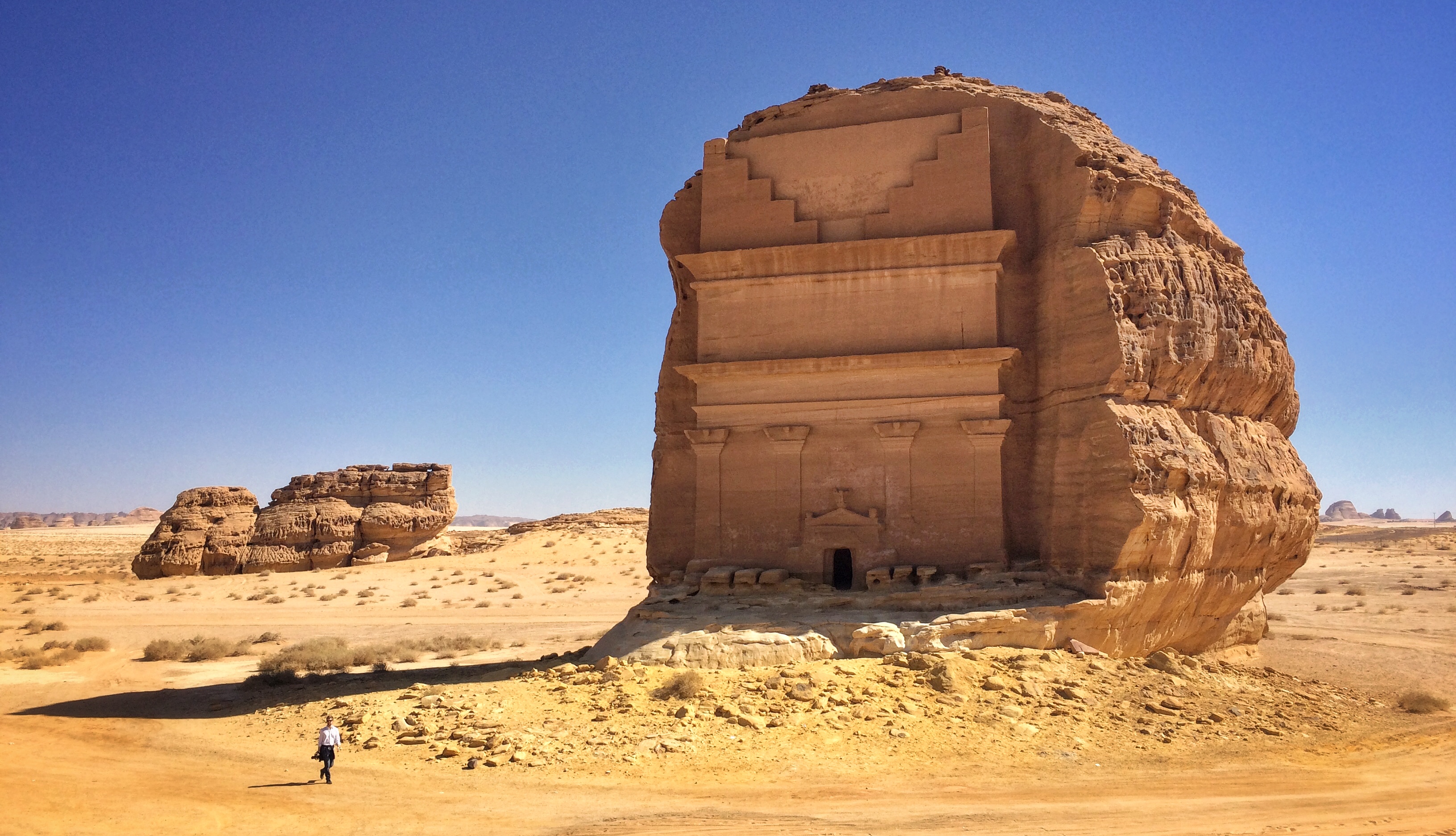Madain Saleh
Published On Mar 23, 2021

Mada’in Saleh (Arabic: مدائن صالح, madāʼin Ṣāliḥ), also called Al-Hijr or Hegra, is a pre-Islamic archaeological site located in the Al-Ula sector, within the Al Madinah Region of Saudi Arabia. A majority of the vestiges date from the Nabatean kingdom (1st century AD). The site constitutes the kingdom’s southernmost and largest settlement after Petra, its capital. Traces of Lihyanite and Roman occupation before and after the Nabatean rule, respectively, can also be found.
The Qur’an places settlement of the area by the Thamud people after Noah but before Moses. According to the Islamic text, the Thamudis, who carved out homes in the mountains, were punished by Allah for their practice of idol worship, being struck by an earthquake and lightning blasts.[5] Thus, the site has earned a reputation as a cursed place — an image which the national government is attempting to overcome as it seeks to develop Mada’in Saleh for its tourism potential.
In 2008 UNESCO proclaimed Mada’in Saleh as a site of patrimony, becoming Saudi Arabia’s first World Heritage Site. It was chosen for its well-preserved remains from late antiquity, especially the 131 rock-cut monumental tombs, with their elaborately ornamented façades, of the Nabatean kingdom.